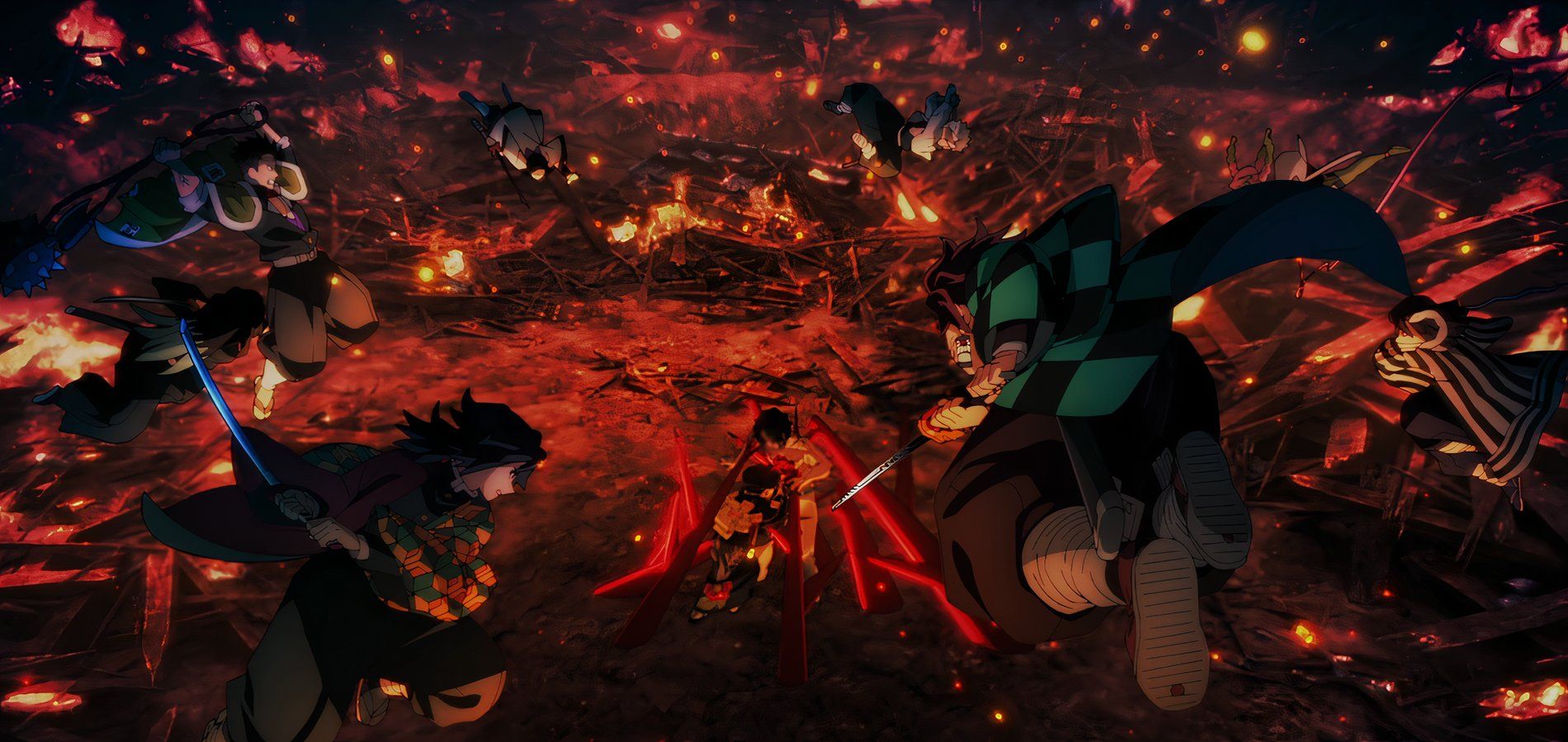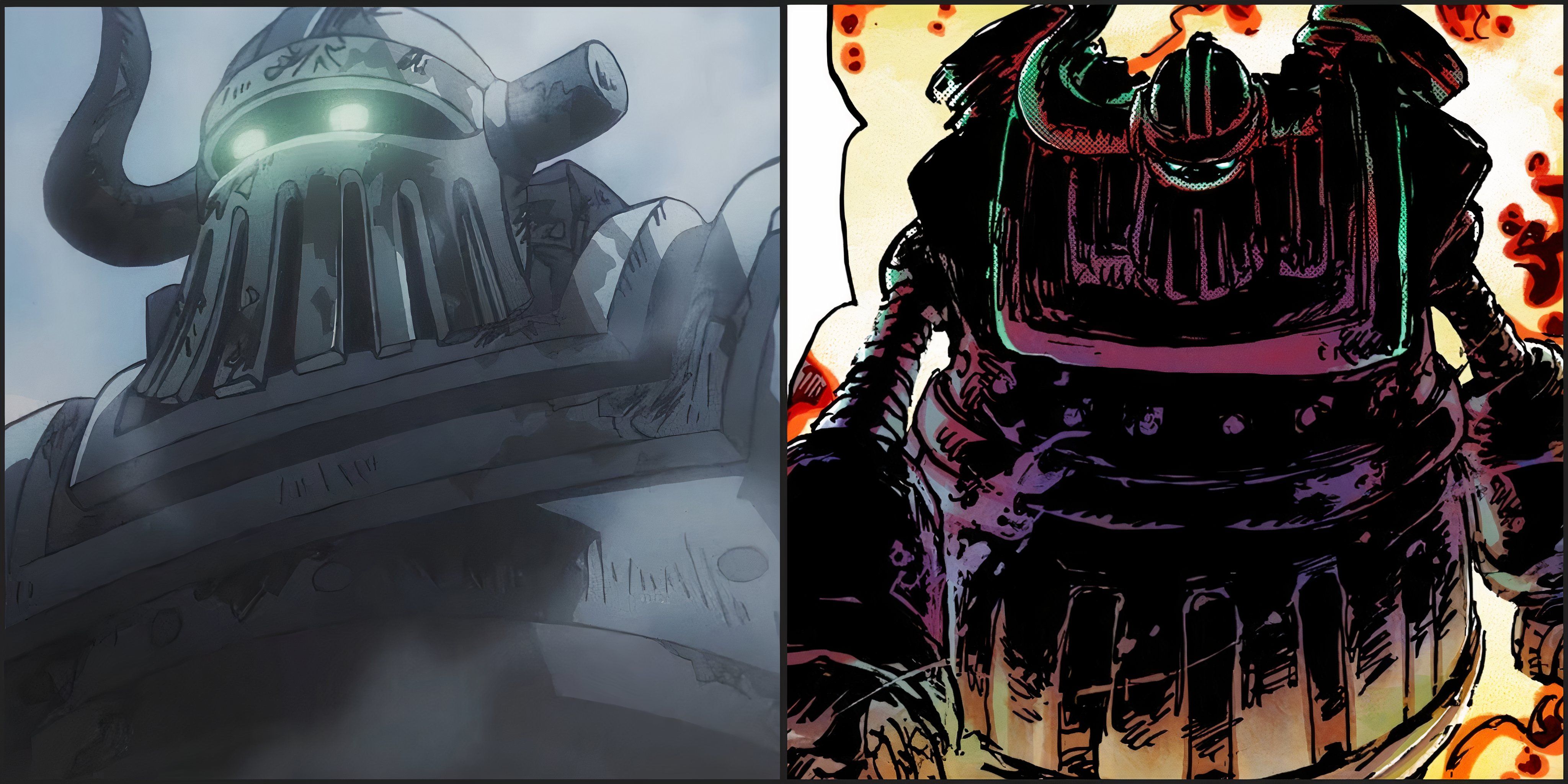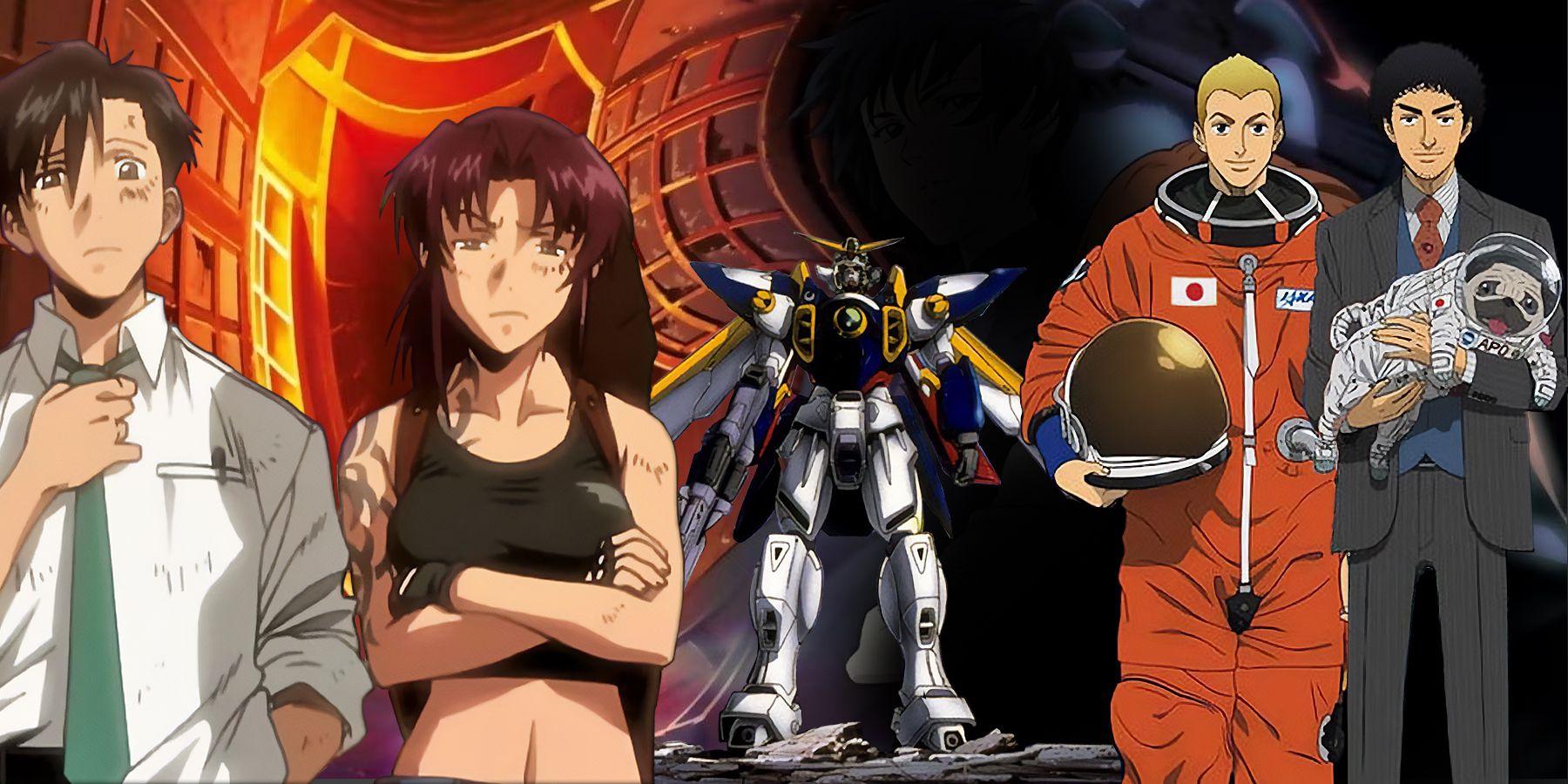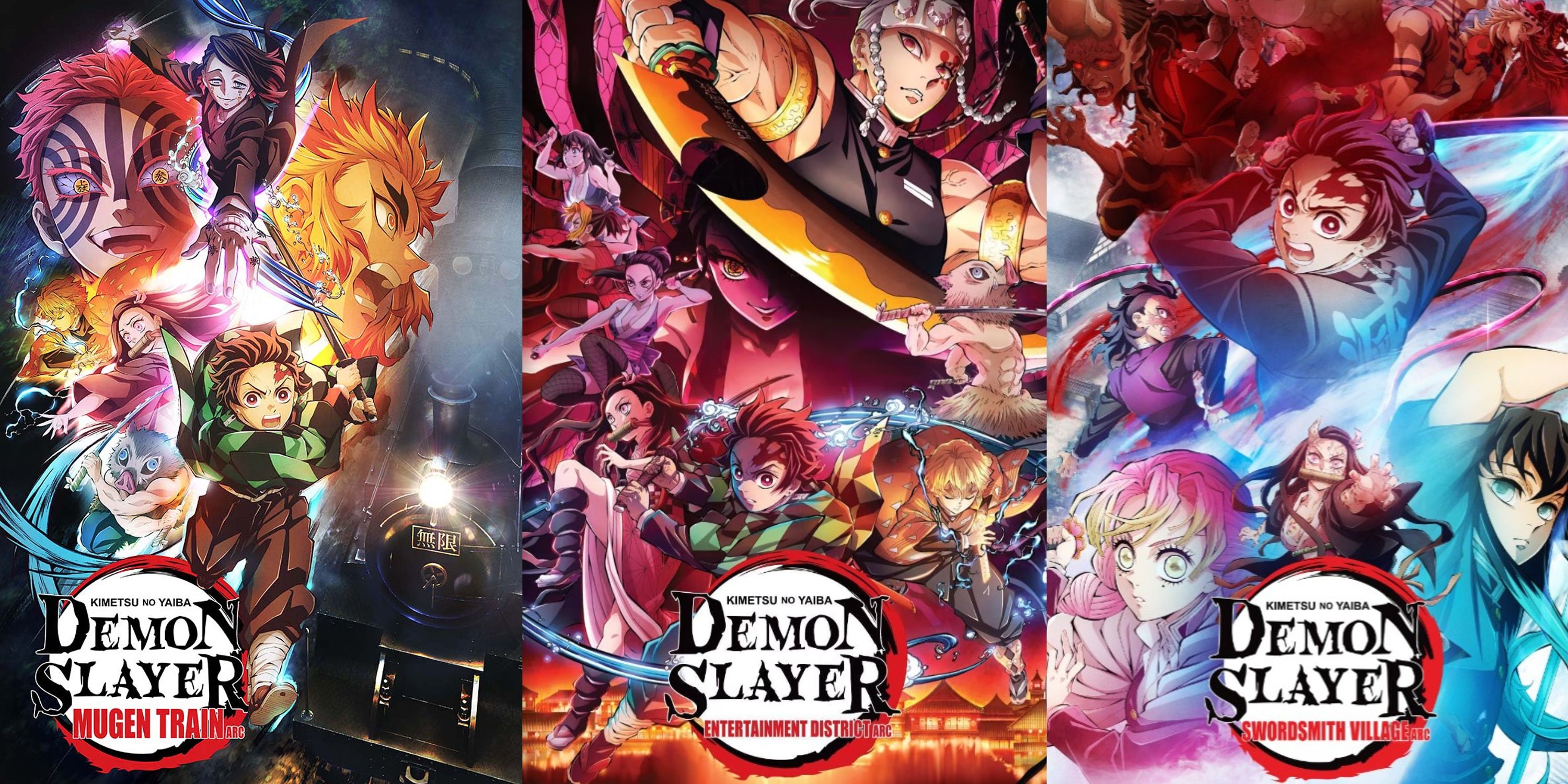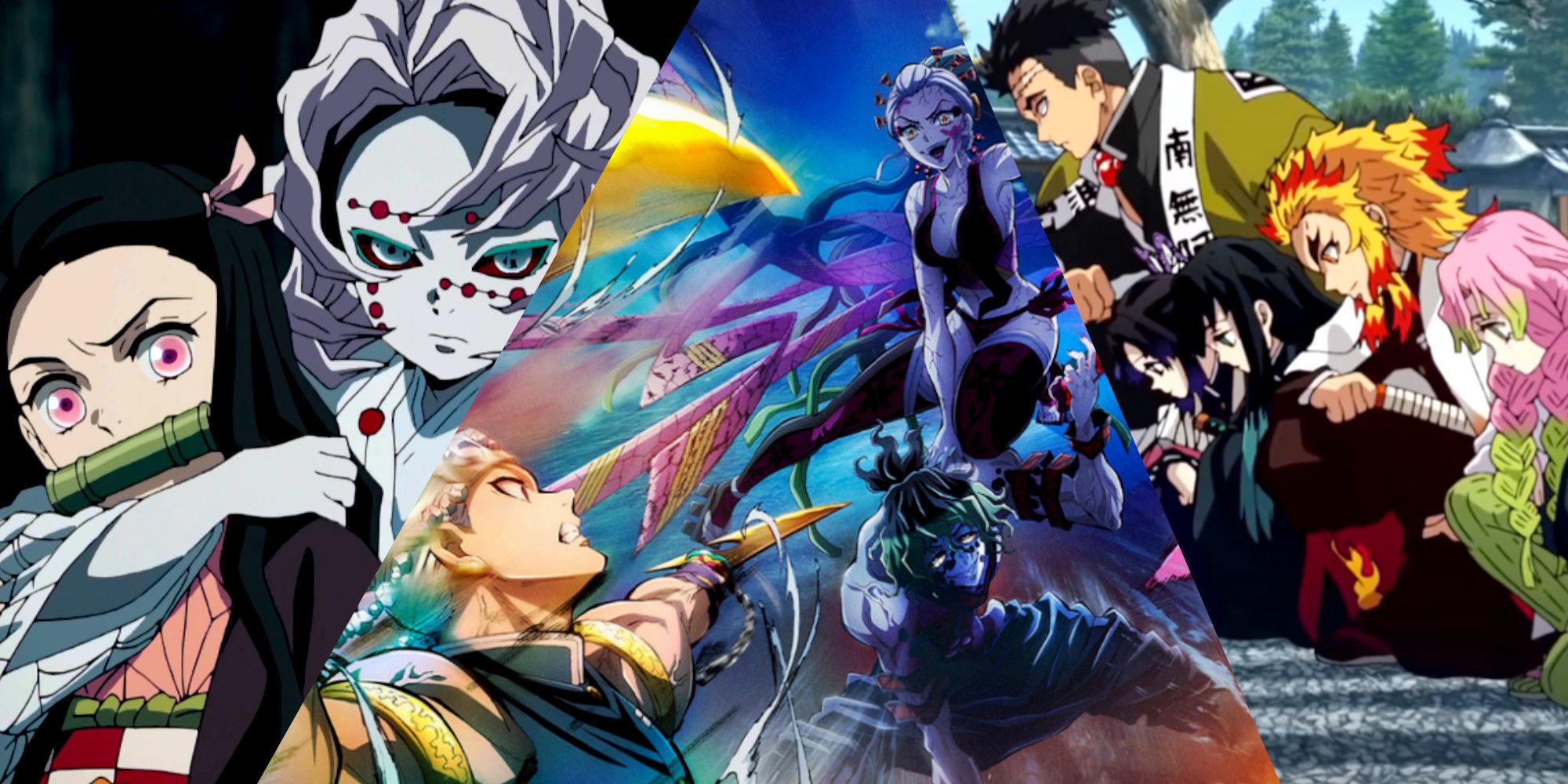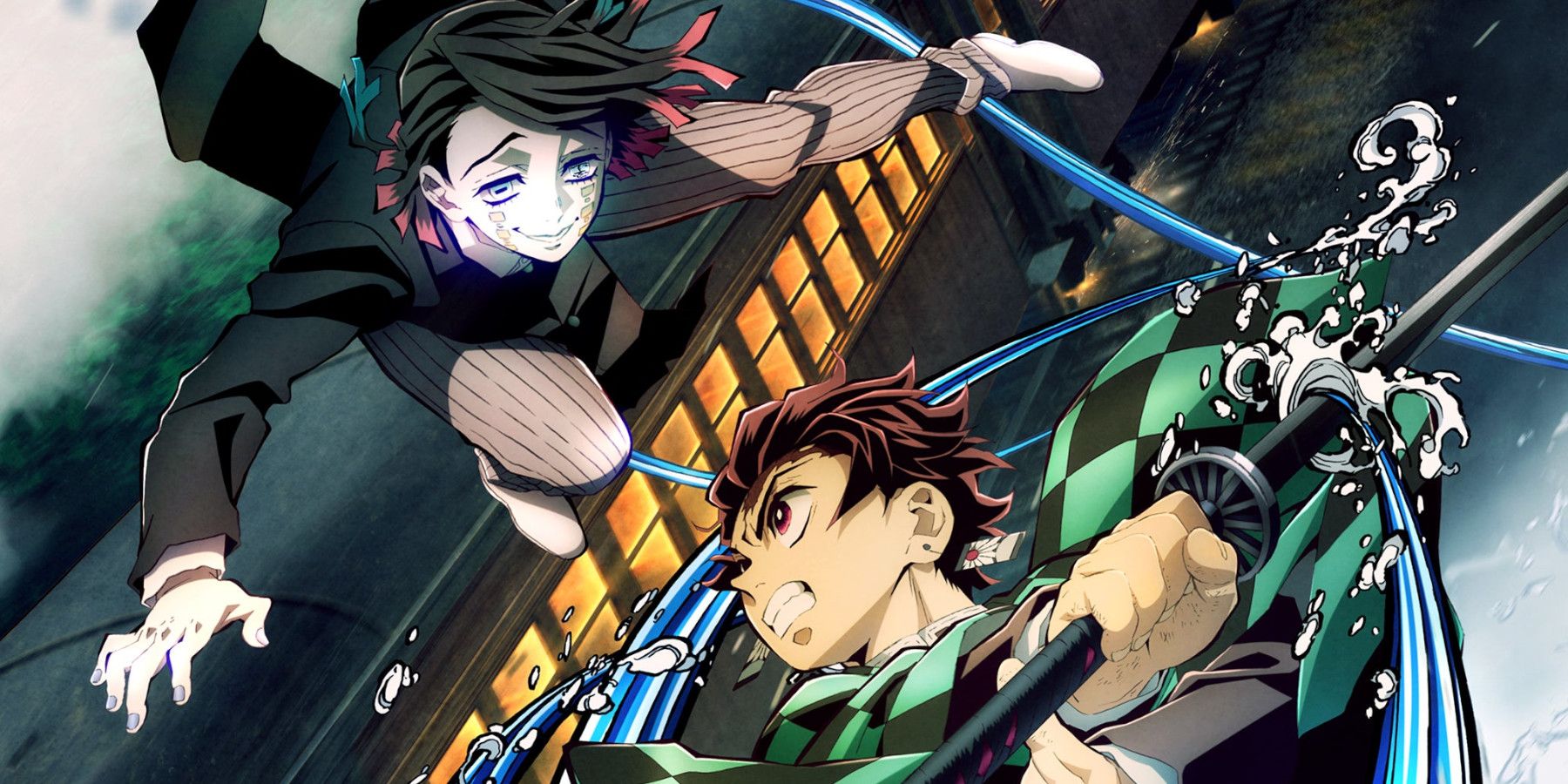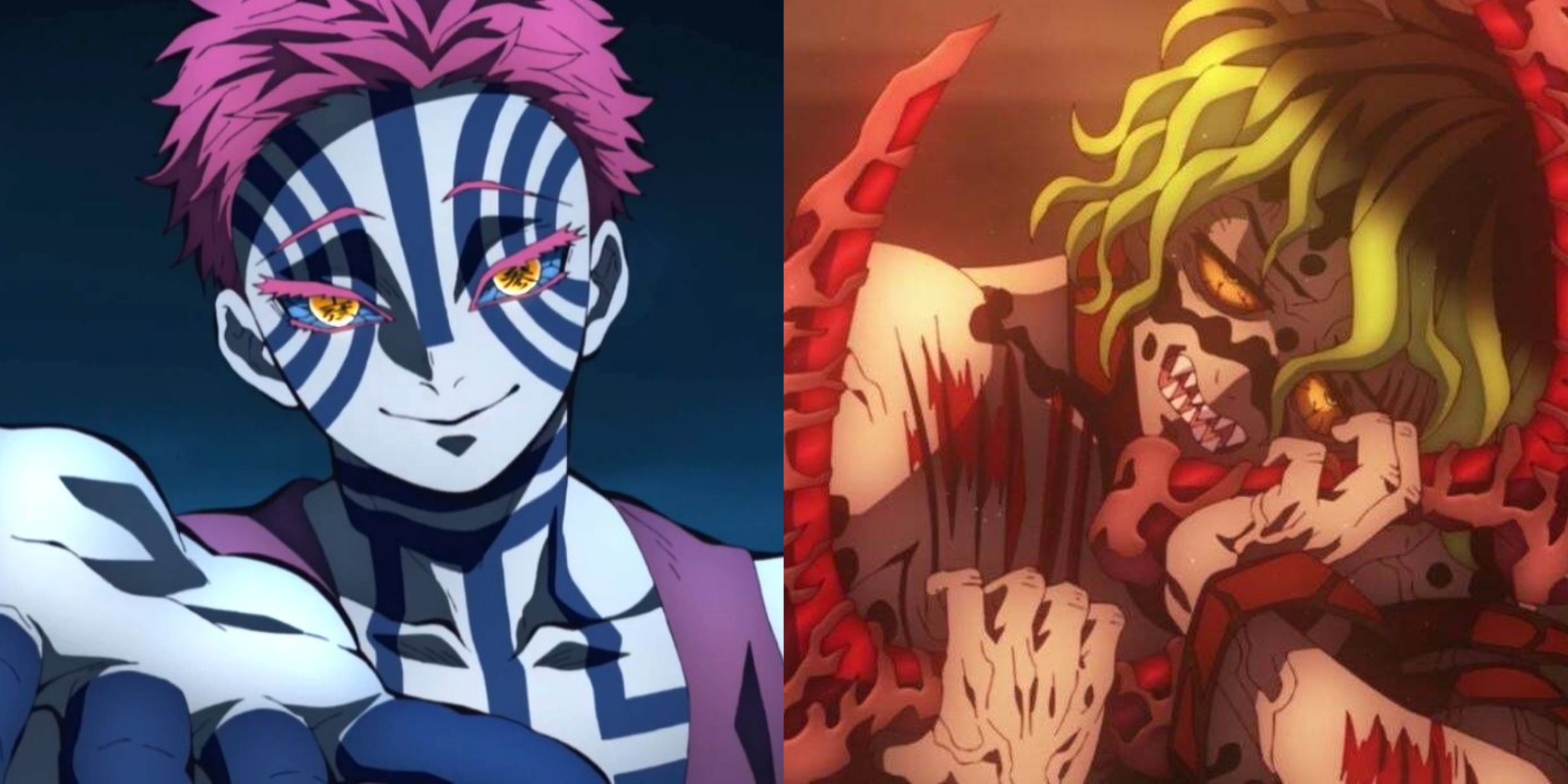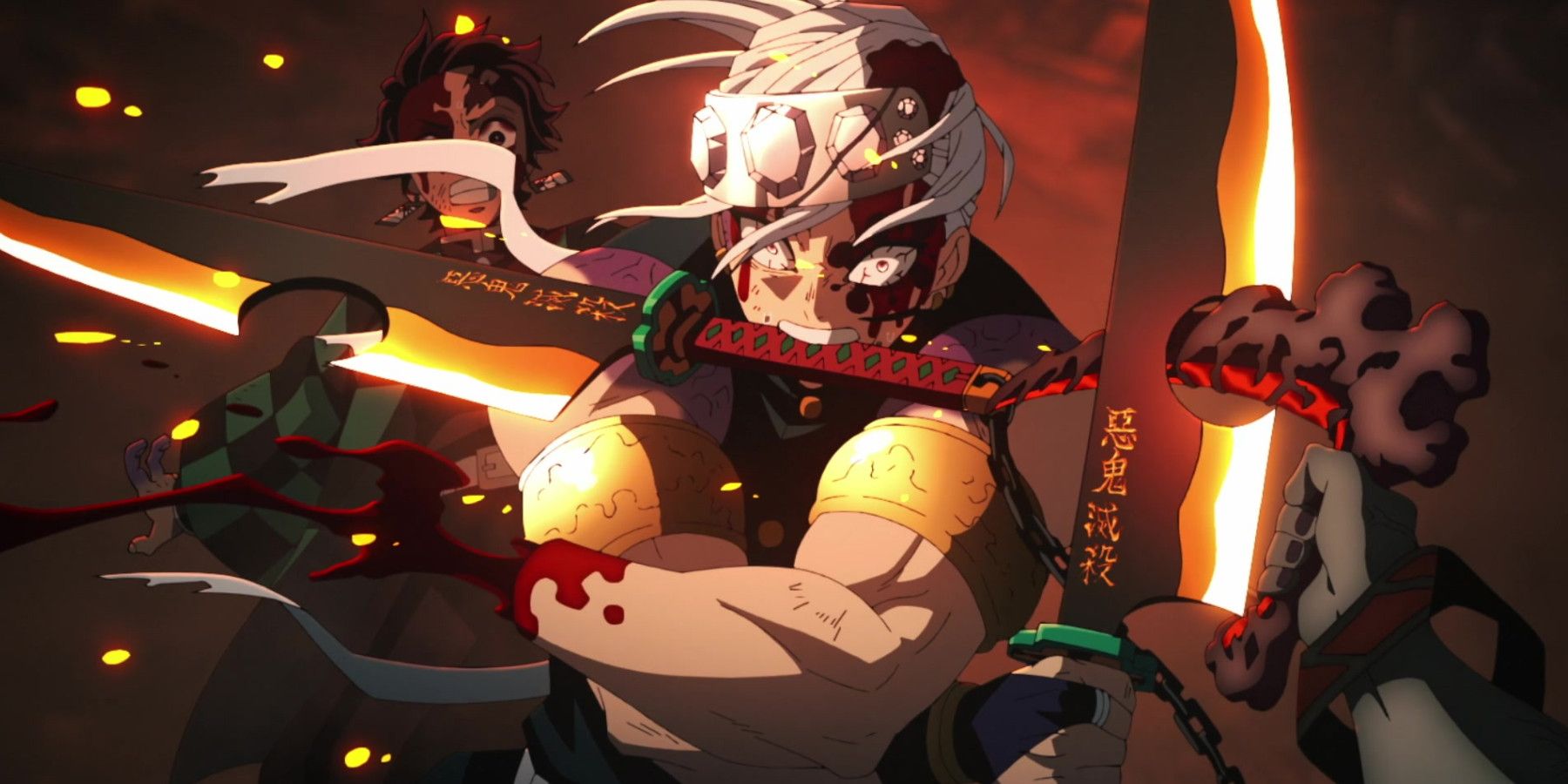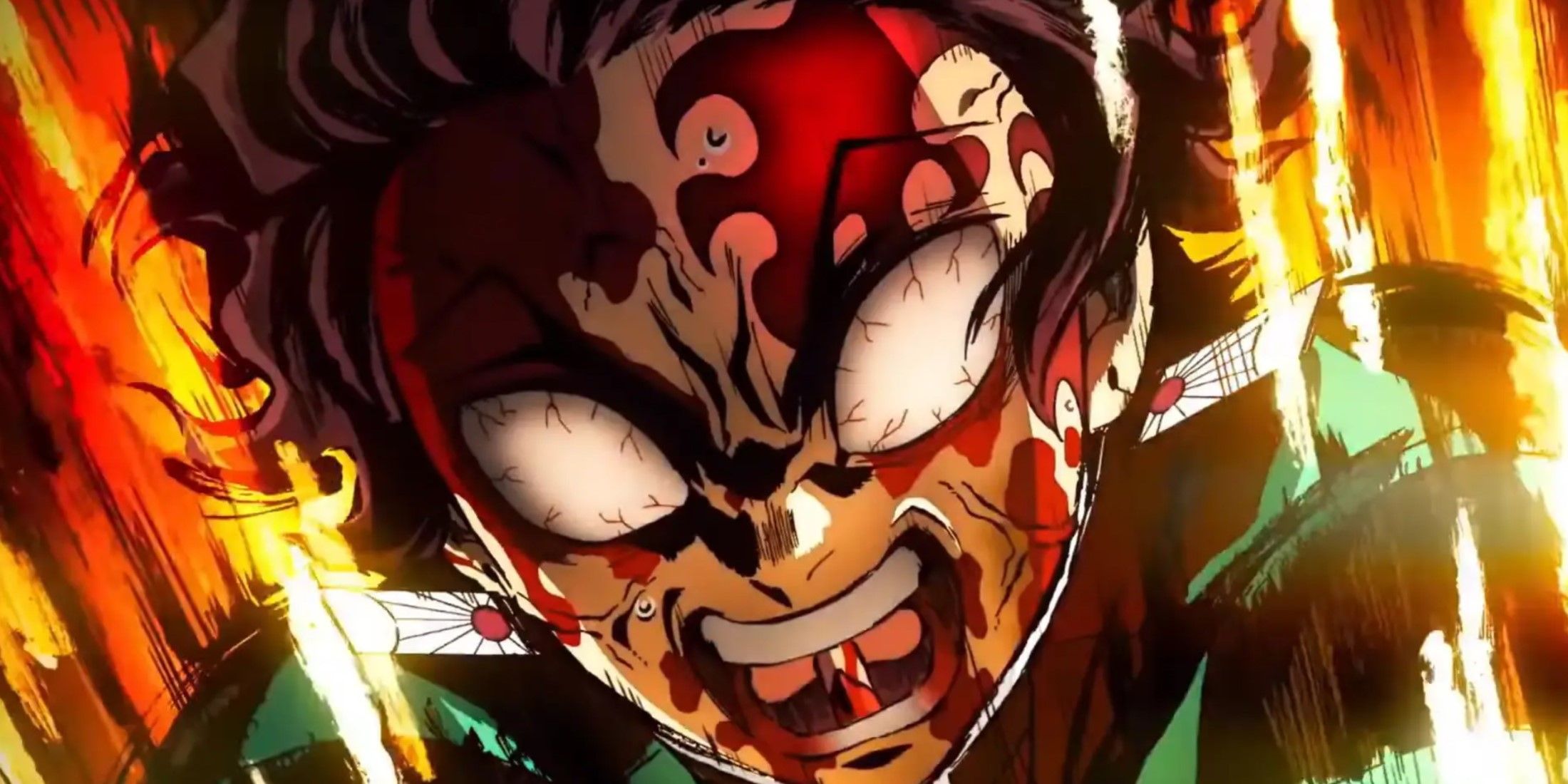Ufotable's anime adaptation of Koyoharu Gotouge's Demon Slayer is nothing short of a cultural phenomenon. The recently concluded third season adapted the Swordsmith Village Arc from the manga, which covers the battle against Upper Rank Five Gyokko and Upper Rank Four Hantengu. This season explored the characters of the Mist Hashira Muichiro Tokito, and the Love Hashira Mitsuri Kanroji, who aided Tanjiro, Nezuko, and the inhabitants of the Swordsmith Village in their bid to stave off the assault of the Upper Rank demons.
Notable absences in this season included Zenitsu and Inosuke, who were not featured in the main storyline, allowing the two Hashira to shine instead. Additionally, this season is the shortest entry in the Demon Slayer anime to date. Compared to the spectacle of the battles in the Mugen Train and Entertainment District Arcs, the fights in Swordsmith Village fall somewhat short, despite the engaging plot, lore drops, and the reveal of Muzan Kibutsuji's backstory. This is not to say that the season was bad, but there are a few areas in which Season 3 failed to equal the heights of Season 2.
5 Fitting More Content In A Single Season
The first season of Demon Slayer covered more than 50 chapters and six story arcs. Although its episodic format did grow tiresome at certain points, the sheer volume of content guaranteed that fans would be thrilled when the story hit its peaks. Similarly, Season 2 adapted the Mugen Train and Entertainment District Arcs over 18 episodes. Each episode delivered an action-packed spectacle that left viewers gasping in the wake of the narrative's breakneck pace. Those that preferred either arc's storyline would have left feeling satisfied and in awe of Ufotable's impeccable animation.
Season 3, on the other hand, covers only one arc over 11 episodes, with the last one serving as a double episode to conclude the story. In this vein, the limited volume of content worked against Ufotable, who had to maximize the impact of what they were working with. The result, despite its high quality, was hit-or-miss in relation to what Season 2 had achieved. Viewers would be left divided due to the lower number of high-stakes moments in Season 3.
4 Better Pacing & Buildup
In the Mugen Train and Entertainment District Arcs, there was a greater element of mystery regarding the demons that Tanjiro and his allies were facing off against. The buildup in both arcs took a fair number of episodes to build towards the climax, and left fans questioning what was going on at every moment. This was especially true in the case of Enmu — who trapped the main cast in dreams that he manipulated at will — and Daki, who was later revealed to be the Upper Rank Six demon alongside her brother Gyutaro.
The introduction of Upper Rank Three Akaza at the end of the Mugen Train Arc was a master stroke which raised the stakes to new levels, just when it appeared as if the battle was won. In Season 3, the suspense lasted for barely an episode or two after the introduction to the Swordsmith Village, and the main battles commenced almost immediately. While this cut fluff from the story, it also broke the tension too soon, making the build up seem rushed in comparison to the steadier pacing of Season 2.
3 More Interesting Antagonists
Perhaps the most obvious shortcomings of the Swordsmith Village Arc are the antagonists for the narrative; namely, Hantengu and Gyokko, who are the Upper Rank Four and Five demons respectively. The abilities of Enmu, Akaza, Daki, and Gyutaro were incredibly fearsome and left the main cast of Demon Slayer struggling to keep up. Daki and Gyutaro's backstories were also incredibly heart-wrenching, and provided a lot of insight into their motives, aspirations, and their allegiance to Muzan.
By contrast, Hantengu and Gyokko had little, if any backstory, with only a short flashback at the end narrating the tale of Upper Rank Four. This made it difficult for viewers to become invested in the outcome of the fight against them, as they would not have truly understood the reasons behind their choice to become demons. While Hantengu's powers were unique and formidable, Gyokko's Blood Demon Art seemed rather tame in comparison to his predecessors. The two demons lacked the bite and power that set Akaza and Gyutaro apart, further contributing to their failures as antagonists.
2 Higher Stakes
Another noteworthy difference in Season 3 is how there are very few points at which the Demon Slayers really seem like they are in peril. Besides the short duration for which Muichiro is trapped inside Gyokko's Water Prison Pot, he seems in control of the fight throughout its course. Similarly, even when Mitsuri was fighting off Zohakuten while Tanjiro, Genya, and Nezuko searched for Hantengu's main body, she seemed in control of the fight despite her depleting stamina. Tanjiro and Genya also took multiple attacks from Hantengu's other forms and were still able to fight. The only real moment of tension came at the very end, when Urami was chasing the swordsmiths in order to consume their flesh and regain his strength.
Conversely, the fights against Enmu and Akaza, as well as the Demon Slayers' confrontation against Daki and Gyutaro, always made it seem as if the odds were stacked against Tanjiro and his comrades, leaving fans wondering how they would even emerge triumphant against such powerful opponents. There was also a clear cost to their victory as well, when considering the death of Kyojuro Rengoku, the loss of Tengen Uzui's left eye and hand, as well as the injuries sustained by the main trio.
1 A Stronger Final Showdown
Both the final battles against Akaza in the Mugen Train Arc and the fight against Daki and Gyutaro in the Entertainment District Arc were jaw-dropping spectacles. Charged with emotion, intensity, and Ufotable's supreme quality of animation — which made the experience nothing short of a visual feast — these action sequences are some of the best in contemporary anime. Tanjiro, Inosuke, Zenitsu, Tengen, and Rengoku had to push beyond their limits to defeat their enemies, keeping the eyes of fans glued to the screen to digest every beautiful frame.
The battles in Swordsmith Village, although entertaining, did not benefit from the same intensity as those in Season 2. Even when the lives of all the swordsmiths were at stake, it always seemed to be only a matter of time before Tanjiro and his allies found a way to defeat Gyokko and Hantengu. In fact, once Muichiro awakened his Demon Slayer mark, the battle was all but over after a few blows, even with the transformations Upper Rank Five had up his sleeve. A similar situation arose with Hantengu, whose cowardly and indecisive nature prevented anyone from taking him seriously as a threat, leading to an underwhelming final battle.

